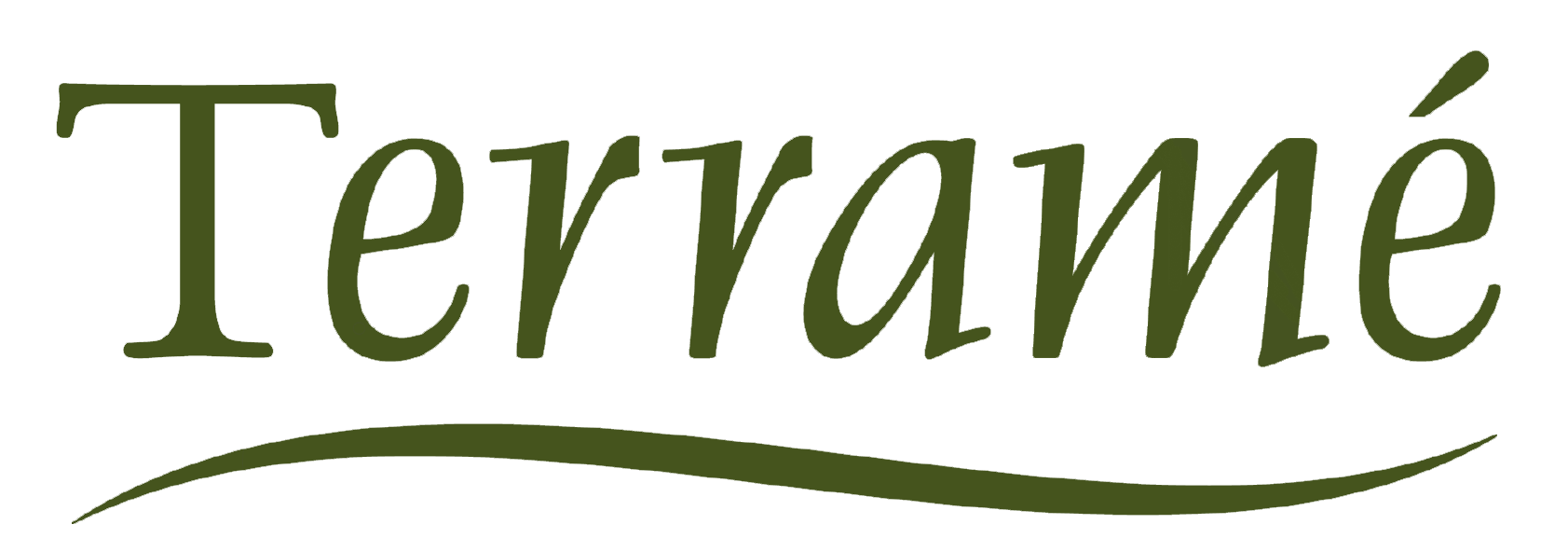Balayage
The term balayage comes from the French word for ‘sweeping’. “It’s a freehand hair colouring technique that gives a really blended natural look with no harsh or obvious regrowth lines,” advises royal and celebrity hairdresser, Richard Ward.
Balayage allows for a sun-kissed natural looking hair colour, with softer, less noticeable re-growth. The principal idea being less is more when creating a natural, multi-tonal finish. The technique uses patches of light and shade to create multiple dimensions to the colour.
Balayage is quite different to traditional highlights because no foil is used and the colour is painted on freehand. The finished result is ‘less uniform than typical highlights’ says Richard Ward. If you’ve ever been worried about having stripey colour after a visit to the hairdresser’s, balayage is a sure way to avoid that harsh contrast between colours – especially if you’re going blonder. (Source)
Ombre
In French, ombré means “shade” or “shadow.” In the hair color world, ombré is a dramatic, two-toned hair color effect that is typically darker at the top and lighter on the bottom. Often the dark, top section is your natural hair color shade and the bottom section is lightened with hair lightener. An ombré hairstyle can also be any color combination—natural blonde, brown or red, or something unconventional like pink, blue, green or purple. It’s versatile, customizable and suitable for most long and medium hair lengths. A big plus with ombré hair color is that it’s easy on the budget. You don’t have to touch it up very often since the top section remains dark. The overall look of ombré hair color can change as your hair grows out, which many clients enjoy!
If you like to make a statement with your hair, if you’re creative and adventurous with your personal style, go for it! Just be sure your hair is healthy to begin with, otherwise your hair color will look dull and will fade quickly. If necessary, spend some time using healthy, healing conditioning treatments and hair masks to improve the condition of your hair before heading to the salon for your ombré hair color! (Source)
Sombre
A subtler version of ombré is called sombré. In a sombré hairstyle, the contrast between the two tones is softer. (Source)
This style is growing in popularity as a more “grown up” or conservative approach to the ombre. The roots are usually kept your natural color with slightly lighter color on the ends. Sombre is lower maintenance and especially ideal for brunettes, adding caramel, blonde, golden, or honey tones to brighten up the ends. The lighter sections start higher, giving you a more blended, gradual fade without regrowth. (Source)
Highlights
There’s a reason all the girls in L.A. go for highlights — single-process color is striking, but those ribbons of lightness do so much for your complexion. Highlights can accentuate eye color, bring out cheekbones, and even slim faces. They show off the lines of your hair cut, create depth, and the illusion of fullness. They are a great introduction to hair color — and, despite what you’ve heard, they work for all hues.
The two most common techniques used for highlighting are balayage and foil. Different artists will use one or the other depending on the desired look and their personal preference. But a skilled colorist can achieve any look using either technique. (Source)
Babylights
Babylights are very fine, subtle highlights that are meant to look like the natural hair color of small children (think: virgin hair in the summer), where color is brighter at the crown and the bottom of the hair.
“The process is different in that usually ombré and balayage involve applying color to larger pieces of hair, while babylights are subtle highlights that work best on very fine hair,” Aura Friedman, a colorist at the Sally Hershberger salon in New York City.
Babylights are often compared to balayage, but they’re not totally similar: “Balayage requires the use of freehand painting to apply the color across large pieces of hair to create a natural and customizable look,” says Jennifer Roskey, a hair colorist at Civello Salon in Chicago. “Babylights are applied by placing small amounts of hair in foil and require separation between each.” (Source)
From cuts to color – and everything in between, Terramé’s full-service salons at Jones Valley and Midtown feature hair care professionals with one goal in mind: bringing out the best in your natural features and helping you feel good about yourself!
Whether you need a trim, a touch-up, or a total makeover, our designers will help find the “right look” for you, teach you how to keep your style going at home, and outfit you with the right products to keep your hair healthy.
If you’d like to experiment and try something new, talk to your stylist about our various hair color techniques!


